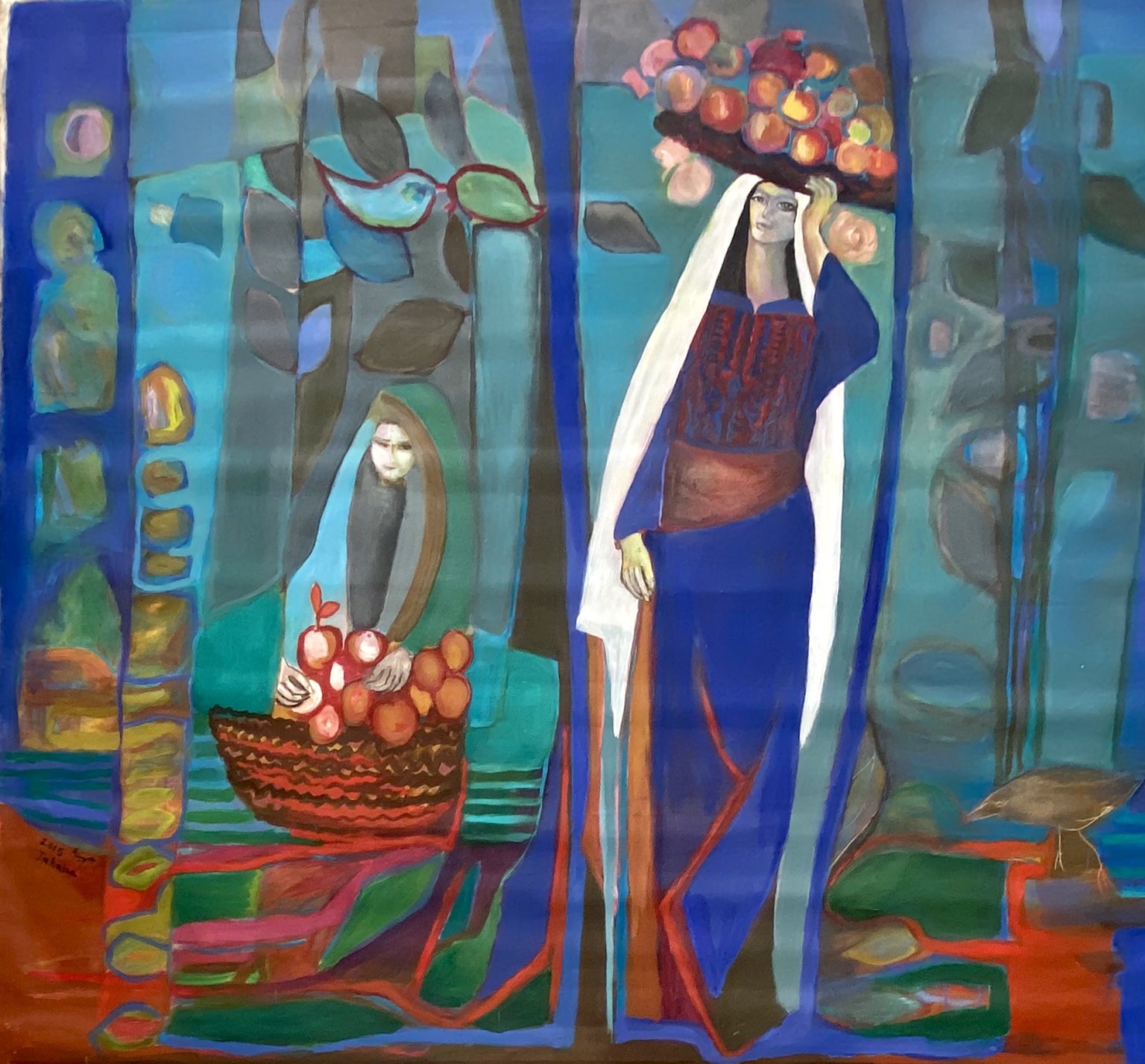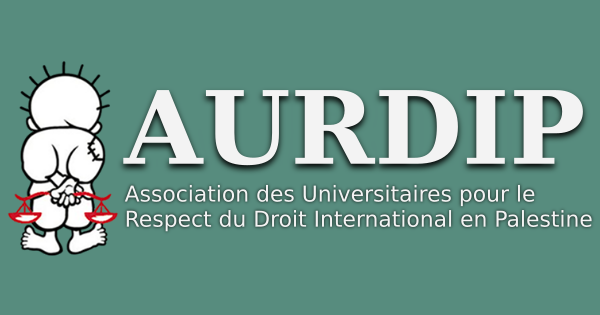Since its opening two years ago, the Palestine Museum US, in Woodbridge, Connecticut, just outside New Haven, has given ample space to women artists. The prominent artist Samia Halaby, for….

Since its opening two years ago, the Palestine Museum US, in Woodbridge, Connecticut, just outside New Haven, has given ample space to women artists. The prominent artist Samia Halaby, for example, has supported this remarkable institution from the beginning with loans of her paintings, and an exhibition of her searing drawings of the Kafir Qasim massacre is planned.
Halaby’s large abstract paintings will be shown along with paintings, drawings, sculptures and textiles from 49 other female Palestinian artists from the Palestinian homeland and far flung places in the Diaspora from five continents in a massive exhibition of more than 150 works. “Telling the Palestinian Story,” which opens on March 8, will be the first curated exhibition the museum has mounted, and it is an opportunity to interrogate directly the very concepts of Palestinian identity that the museum was formed to express.
The works in the exhibition range widely in subject and style. Halaby’s abstract works represent one pole. Coming upon her works, and the figural, expressionist works of a Reem Natsheh, of Hebron, one might not immediately take them for Palestinian paintings. Highly skilled and engrossing, both represent the goals of the founding director of the museum, Faisal Saleh, to show that Palestinians are “like anyone else.” That is, like any community, they have capable artists interested in universal human problems and interests and can use their art to investigate the limits and the possibilities of color, line, and composition as well or better than any other artist. Saleh wants to impress on a skeptical world the fact, which should be obvious to everyone, that Palestinians are human, and that, as a corollary, that they deserve human rights.
Discernable in many of the works, however, is a tendency to use art to explore and express a specific Palestinian identity. Aside from contemporary themes — the apartheid wall, or the March of Return in Gaza, for example, as well as current Palestinian heroes, martyrs and the use of Palestinian symbols and the flag, we encounter among the works numerous cityscapes of a uniquely Palestinian Jerusalem that is imagined, lost or in peril, and figures of Palestinian women.
While portrayed in many different styles, colors, sizes and arrangements, the women are recognizable from costumes and hairstyles, gestures, shapes and features that have become iconic in Palestinian art. Oranges, baskets and the market in Jaffa are depicted nostalgically but gracefully with such figures, for example in the work of Juhaina Habibi Kandalaft, from Nazareth. The figures of women are colorfully attired but are often, perhaps unsurprisingly, isolated or among themselves in the absence of men.
Many of the works that explore these themes conjure a Palestinian homeland and identity that they know from stories passed down by parents and grandparents. The city and female figure are usually the theme of individual paintings, but sometimes they seem to unite as in a beautiful work, “The Girl with the Orange Scarf” by Reem Khader, from Amman, Jordan, where a slender woman in soft splashes and lines stands beside and in front of an angular abstraction of rectangular patches that suggests a map or a city.
Not only Diaspora artists treat such themes. Palestinian women in Israel, Palestine and beyond concentrate on these same figures and cityscapes, on the past irretrievably lost even in the homeland, and known only from old stories, books and artworks. The convergence of Diaspora and Homeland around lost cityscapes suggests the extent to which the preservation of Palestinian identity is felt urgently everywhere.
If one needs reassurance that Palestinians are human, one will find it amply here, of course, as one will in any situation in which one is likely to meet a Palestinian, but more significantly, an art exhibition such as this provides food for speculation on the particular forms that human identity takes whether an artist wishes to think of herself as a shaper of Palestinian identity, of an autonomous feminine identity or rather as a maker of art like that of any other human, at this tense and critical moment in Palestinian and indeed human history.
(The “Palestinian Story: Palestinian Women Global Art Exhibit” opens on Saturday, March 8 and runs through May 30. The gallery is open Sunday from 1-5 p.m. and by appointment. For more information, visit palestinemuseum.us or call (203) 530-2248.)
(Margaret Olin, a scholar of art history and visual studies, is Senior Research Scholar at Yale University in the Departments of Religious Studies, History of Art, Judaic Studies and the Yale Divinity School. Her photographic exhibition with texts by David Shulman, “Can Rocks Feel Pain: The Bitter Landscapes of Palestine,” is currently on view at the Whitney Humanities Center, Yale University, until June 26.)
– Illustration : Juhaina Habibi Kandalaft, Jaffa, 2015, oil on canvas, 200 cm x 200 cm.
